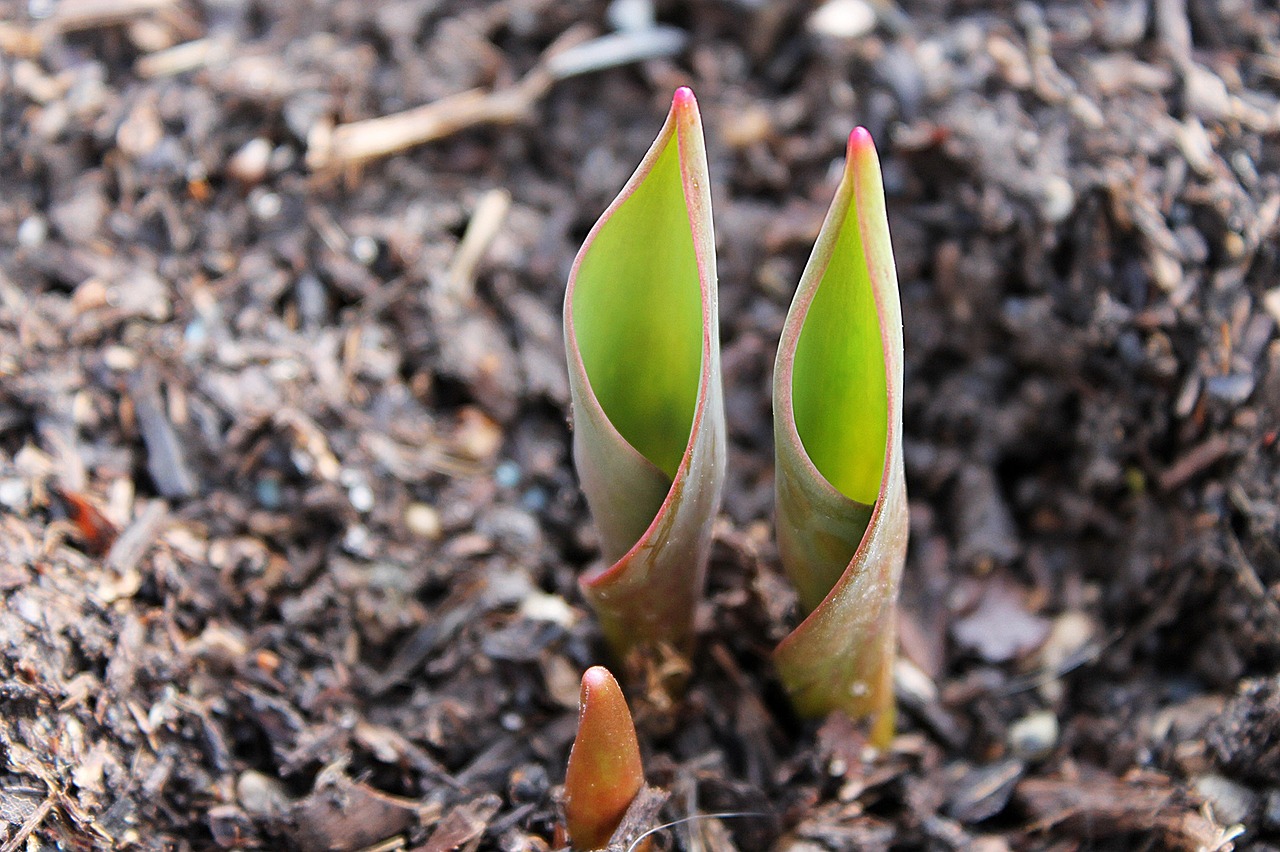
Should You Get a Sprinkler System for Your Landscaping?
May 30, 2020
5 Soil Amendments That Will Transform Your Landscaping
May 30, 2020As a landscaper, it’s up to you to learn how to adapt to new issues that inevitably will come your way. We all want our plants to grow and thrive in our landscaping, but the truth of the matter is that there are quite a few different issues that you might run into. Plants are delicate creatures that need a unique set of conditions to really thrive. Sometimes, they don’t have what they need to stay strong and fight off things like plant diseases. It’s your responsibility as a landscaper to address the status of their health and deal with any issues on a regular basis.
One of the most common health issues for plants is a condition known as root rot. If your plants are experiencing root rot, it is very important that you deal with it the right way. Otherwise, if it goes untreated for too long, your plants will eventually die. That’s why we’ve prepared the following article to help you learn more about root rot and how to deal with it. This article is brought to you by Cal Blend Soils, the leading landscaping products supplier in California. Reach out to Cal Blend Soils today to learn more about how our great landscaping supplies can help you achieve your goals.
What Exactly Is Root Rot?
As we mentioned earlier, plants are delicate life forms that need a specific set of conditions to grow and thrive in. Root rot is a plant disease that occurs when the roots of your plants are growing in wet soil. The problem with soil that is constantly wet is that it provides the perfect conditions for the fungus that causes root rot. This plant disease attacks the roots of your plants and ultimately destroys the plant if you don’t take care of it. Unfortunately, root rot tends to start appearing on roots that are beneath the soil, so it can be difficult for landscapers to diagnose the issue before it starts to advance.
How to Identify Root Rot
One of the key signs to look out for when it comes to identifying root rot is when your plant’s roots are brown and soft. When root systems are healthy, they should be white and have a firm consistency. The thing that can occur when plants are growing in wet soil is fungus growth. The spores of the fungus rapidly multiply and expand all over your plant’s root system. This eventually leads to healthy portions of the root system turning brown as they die. After the root rot gets ahold of the root systems, the plants are no longer able to absorb all of the nutrients that they need to stay healthy.
In more advanced stages of root rot, plants begin to show warning signs on their foliage. Leaves start to wilt away and turn yellow as growth slows down. In the worst-case scenario of root rot, a plant can literally go from healthy to dead in the span of 2 weeks. You want to keep an eye out for signs of drought and mineral deficiencies, which are often signs of root rot. This highlights the importance of identifying root rot quickly and dealing with the issue in an intelligent and effective manner.
How to Treat Root Rot
After you realize that your plants are most likely experiencing root rot issues, it’s time to take action quickly. There are a few ways you can treat root rot and save your plants. Unfortunately, if the root system of your plant has become too mushy, the chances are good that you won’t be able to save it. On the other hand, if your plant’s root system has some roots that are still white and healthy, you can work towards getting it back to full health. The best thing you can do to help treat root rot is to replant in fresh soil that has great drainage.
Try to remove some of the brown and mushy roots on your plants before you drop them into fresh soil. Rinse off the root system and use a pair of scissors or garden shears to remove all of the roots that are too far gone. Make sure you don’t cut into the healthy part of the root system to avoid doing more harm than good. It’s a smart idea to replant the affected plants within a couple of hours. Also, clean your scissors or shears after dealing with the root rot to avoid spreading it to other plants or soil.
Moving Forward
Root rot can be a big issue for landscapers and gardeners that haven’t experienced it before. With that said, the tips mentioned above should help you identify and deal with root rot in an effective manner. Make sure you understand just how important it is to handle root rot before it ends up causing irreparable damage to your plants. Root rot can spread very quickly and is caused by wet soil, so make sure your soil has the right consistency that allows it to experience proper drainage. If you are interested in improving the quality and texture of your soil, reach out to Cal Blend Soils today. We can help you find the perfect landscaping supplies to improve your soil and reduce the chances of dealing with root rot.
If your plants do have root rot, its important not to panic. Make sure you deal with the issue quickly and remove any of the infected roots so that your plants have a chance to come back strong. This common landscaping issue doesn’t have to derail all of your landscaping goals, so keep that in mind before you get too stressed out.


